WORLD TRAVEL NEWS ARTICLE
AUSTRALIA
'SYDNEY'
As far as cities go, there aren’t many places I would rather live in than the UK coastal city of Brighton but I think I could happily settle in Sydney. With a pretty perfect average annual high temperature of 21C and low of 13C, the climate is hard to beat, the sun shines and shines, and the water sparkles all around. It’s wonderfully diverse with beaches, bays, bush and a bustling city life.
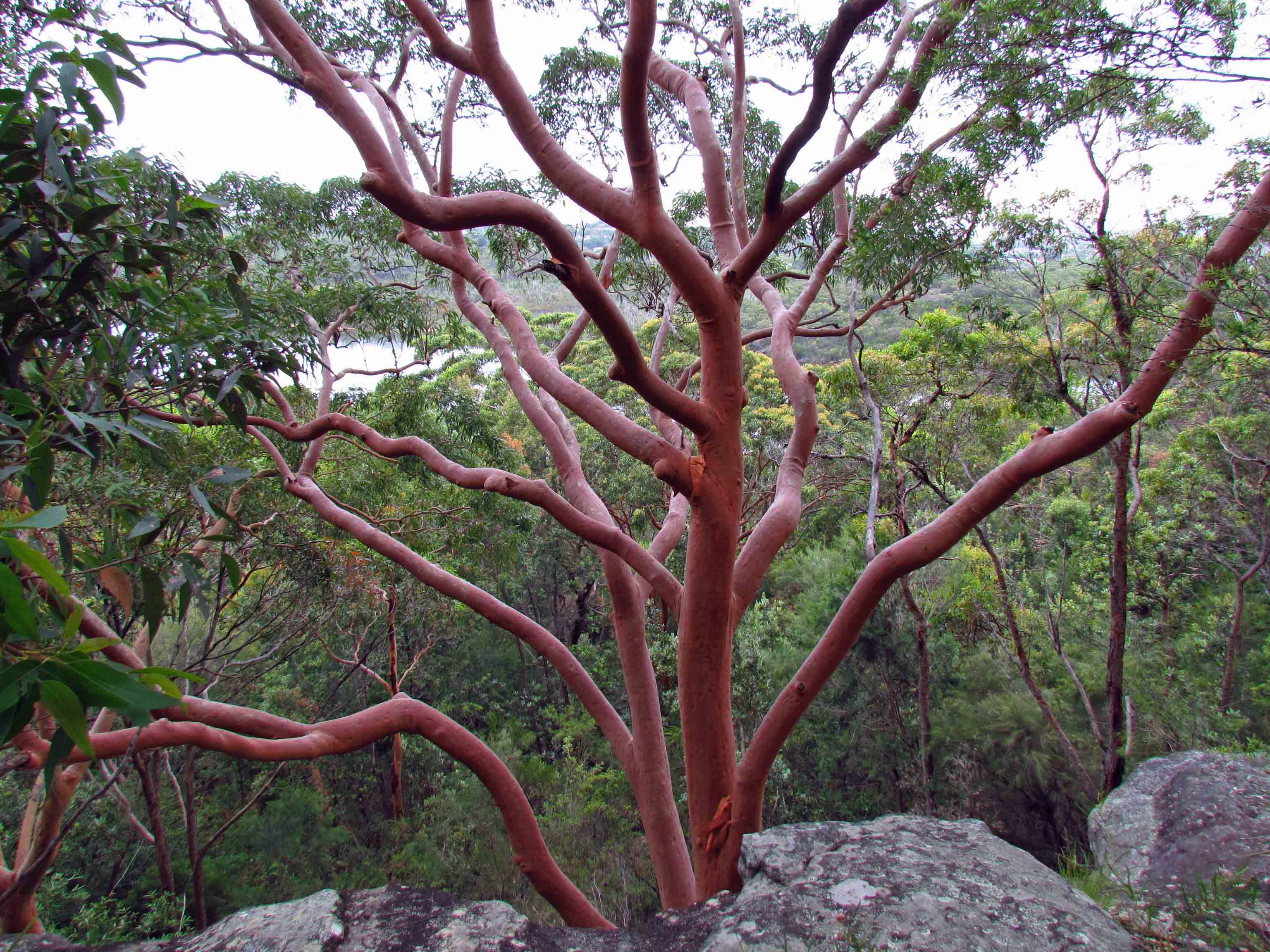
The Sydney Red Gum tree
Most of my time was spent in St Ives about 20 minute drive north from the harbour bridge but is easily accessible by train or bus. It’s in the heart of the Sydney bush, on the edge of the Ku-Ring-Gai Chase National Park with an incredible number of plant and animal species. Where I stayed at my family’s house, the rainbow lorikeets fight for space at the bird table, with cockatoos and galahs swooping in and out. Giant insects are a common sight that you soon get used to - as well as peculiar reptiles that shed their tails when attacked by a dog! A strange sight indeed as the tail continues to twitch after it has been dispatched. But the real beauty of the bush for me was the plants. The trees are astounding and the Sydney red gum is prolific, constantly shedding its bark so the bush seems to be snapping all around you.
Ku-ring-gai Chase National Park in Broken Bay joins three waterways; the Hawkesbury River, Pittswater and Cowan Creek. It’s a fractured maze of coves, creeks, beaches and islands, clad in dense bush. The best way to see it is by water and options include houseboat hire, ferry rides and a tour with Australia’s last riverboat postal service.
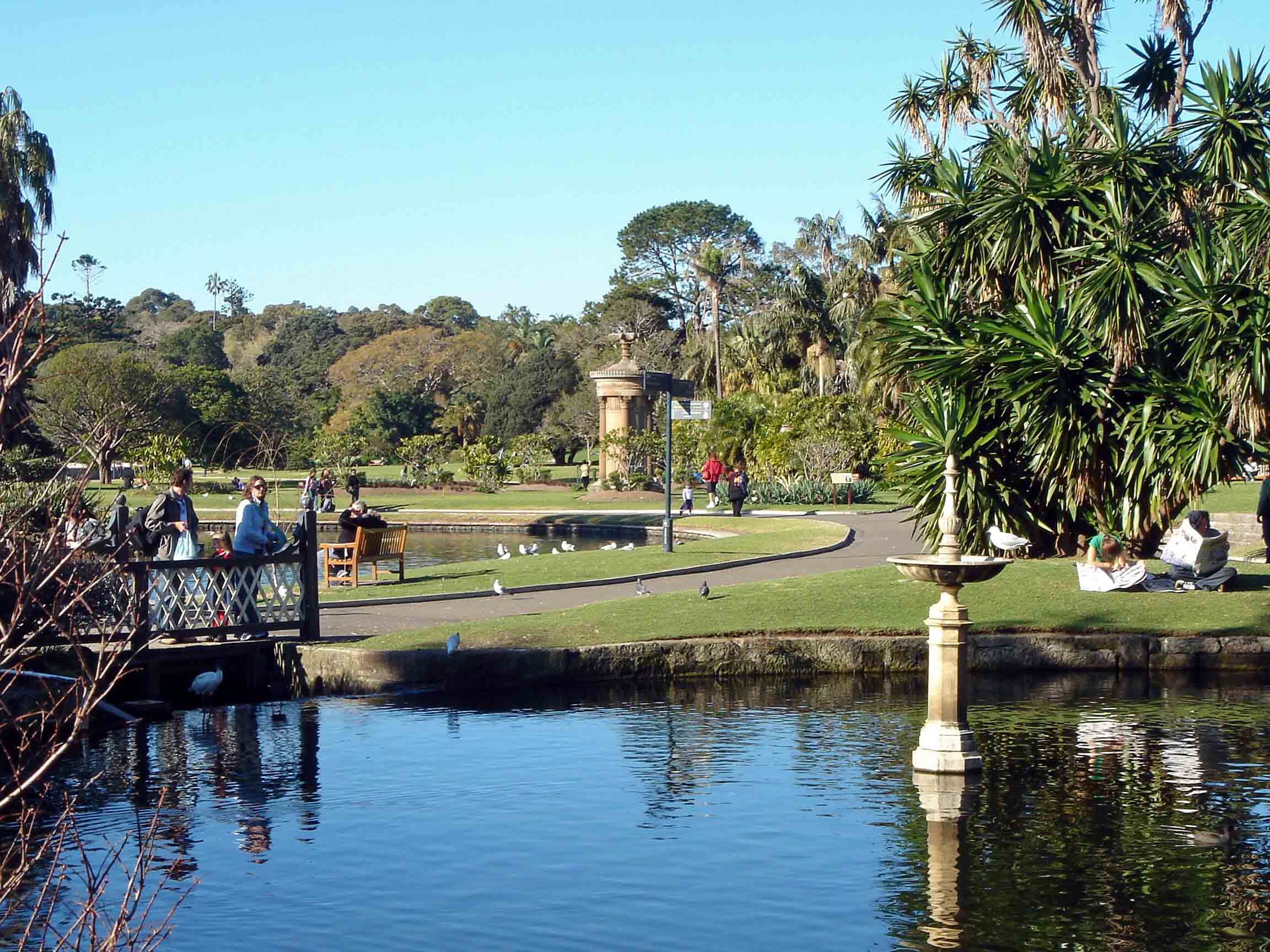
Royal Botanical Gardens, Sydney
Another great place to see Sydney plant life is in the Royal Botanical Gardens, set behind the famous opera house. It’s tranquil and never seems too busy, despite being a huge tourist attraction. And it’s free! There are a number of feature gardens including ferns, rainforest, succulents and The Palace Rose Garden which contains around 1800 roses planted in an exciting and diverse range of bed shapes and sizes. The scent is glorious, the kind that only a rose can provide. The Wollemi pine is one of the world’s rarest trees and was thought to be extinct until it was discovered in 1994 in NSW’s Blue Mountains. The Royal Botanical Gardens is the first place for this “living fossil” to be planted out and you can buy propagated plants from the on-site shop.
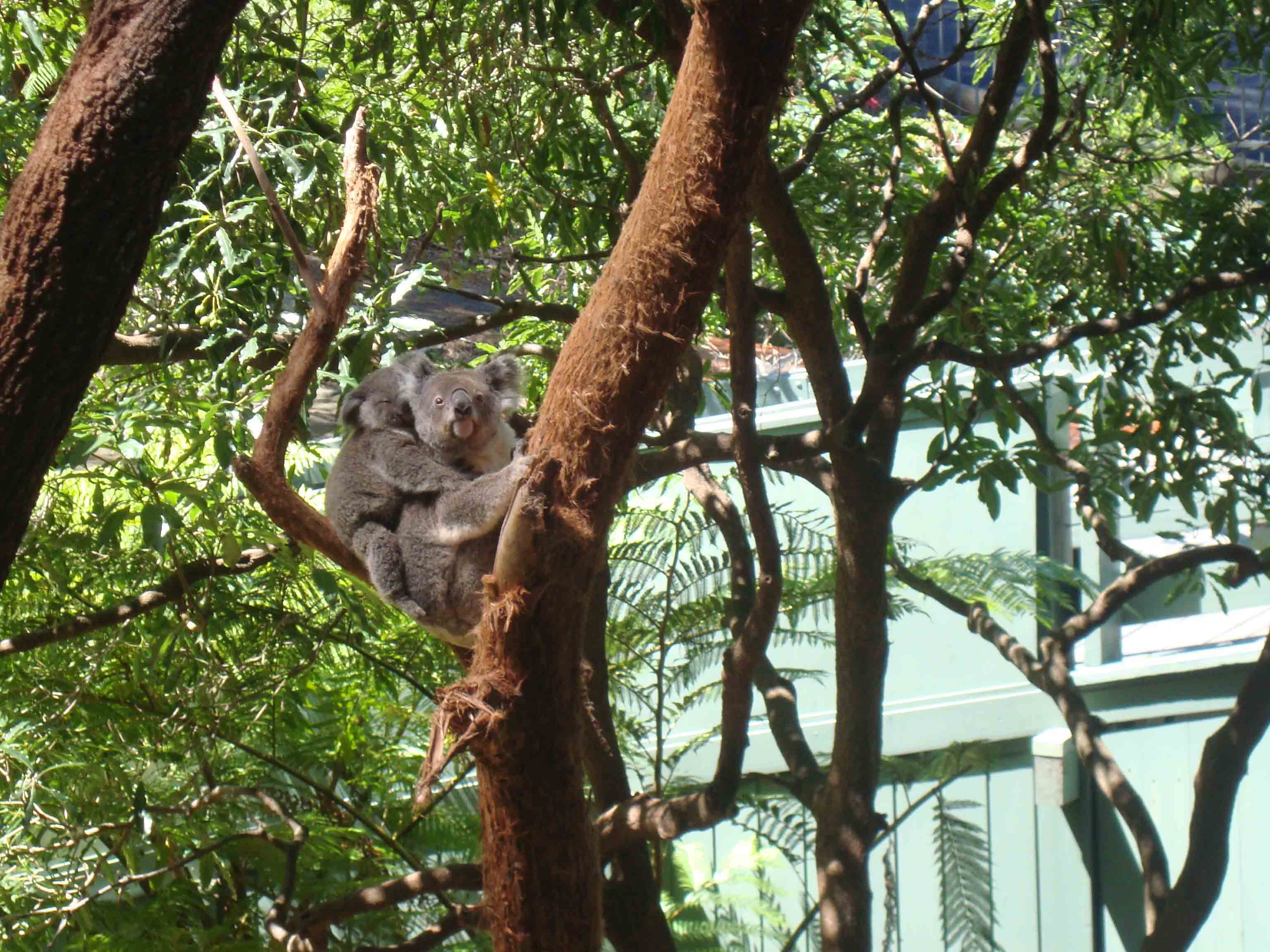
Koalas at Taronga Zoo
The gardens are home to over 100 species of birds and provide a habitat for many migratory birds. The ponds, once stocked with exotic water birds are now all free flying and have visitors from nearby Taronga Zoo. There are 22,000 resident flying foxes that roost in the trees during the day and swarm out over Sydney at night. However, these large winged mammals are now causing significant damage to the garden’s plants and trees so a relocation programme is proposed to move the bats to other metropolitan areas in Sydney using methods adapted from similar relocations in Melbourne.
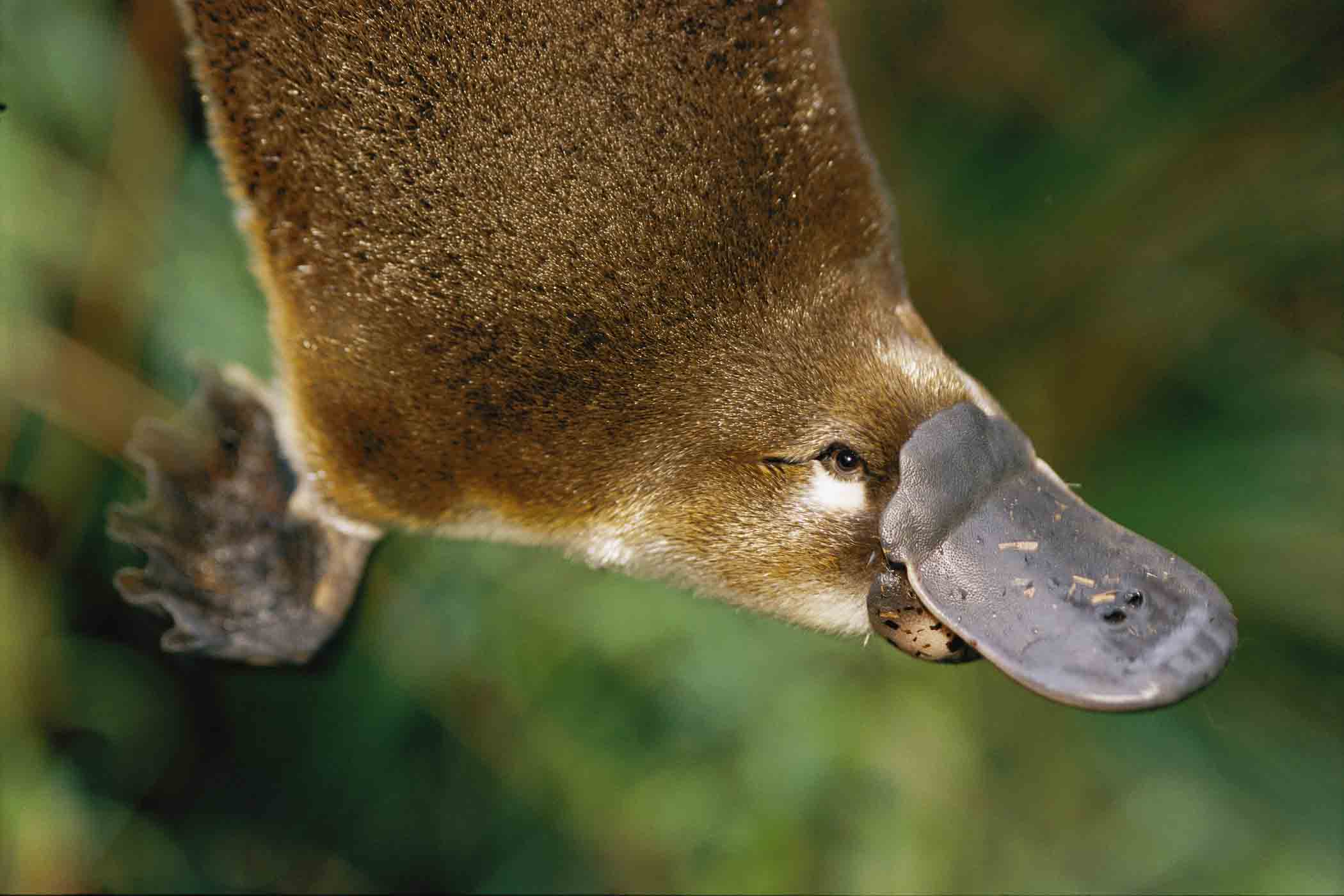
The Duck-billed Platypus
Talking of the Zoo, Taronga, probably one of the world’s finest and largest covering 50 acres, is mainly accessed by ferry so it feels like an island. It houses all the creatures you would normally associate with a zoo but of course, has virtually every native species which you would be unlikely to find anywhere else. My special moment was seeing the platypus, but the reptiles and birds are pretty mind blowing as well.
The Rocks are the historic area of the city and there are plenty of examples of pre-European early Australian culture. Just behind the harbour bridge, it’s a labyrinth of sandstone lanes, cul de sacs and courtyards packed with interesting shops, cafes and a market. It is very touristy but its central location and proximity to Circular Quay, where the bulk of the harbour ferries arrive and depart, make it a natural visiting point for anyone coming to Sydney and it’s worth it, despite the crowds.

A Sydney rock pool
From The Rocks to the rock pools. Many of Sydney’s manmade pools were built in the early 1900s as the surf was considered too severe for most swimmers. They are still widely used by families and lap swimmers, the most noted being Wylies Baths which is surrounded by an elevated timber deck, ideal for sunbathing. The Bronte Baths and North Narrabeen rock pool have superb ocean aspects and the Icebergs in South Bondi is home to the winter swimming club whose intrepid members start the season by jumping into a pool bobbing with ice.
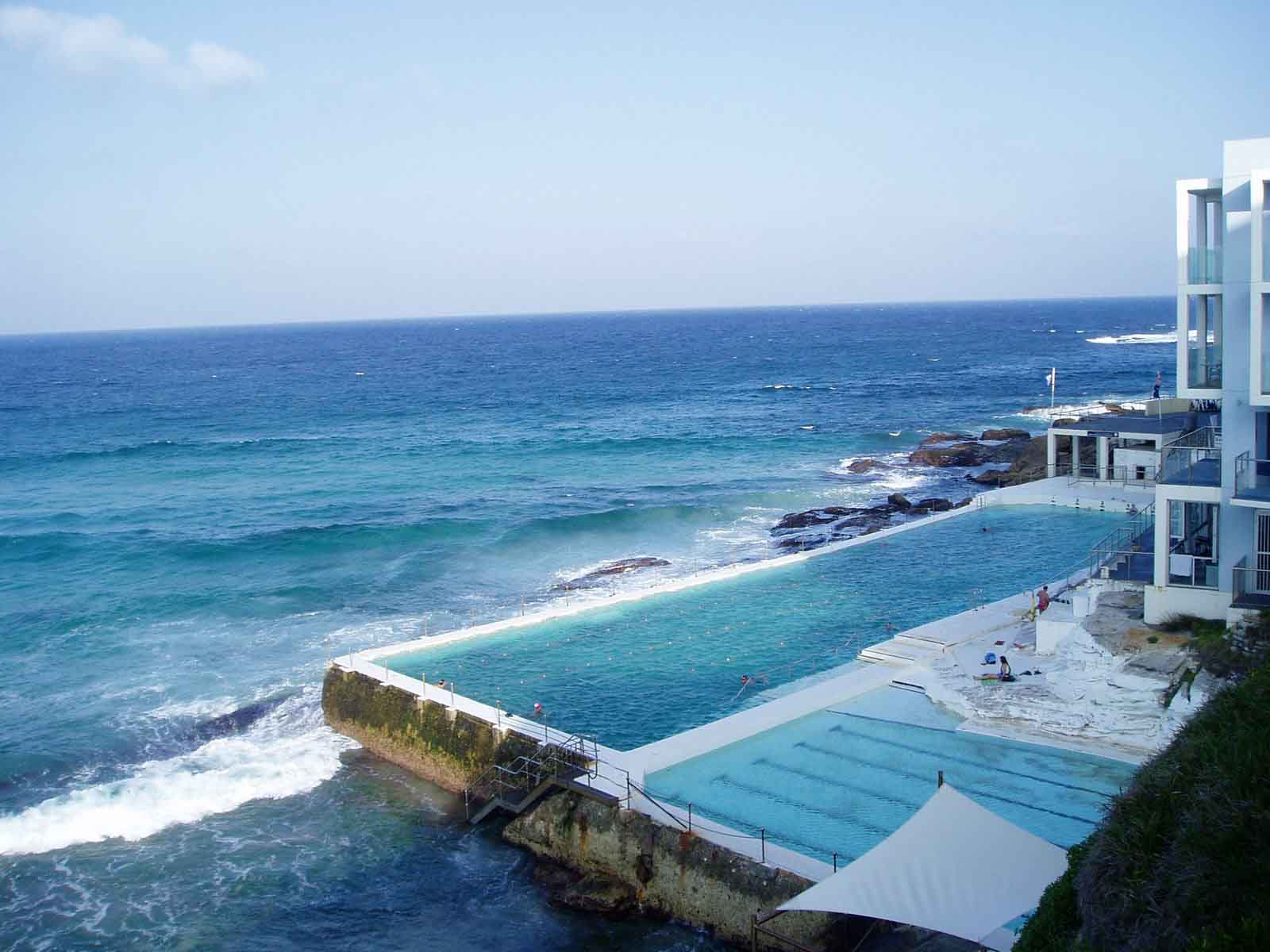
Bondi Ocean Pool
Bondi beach is probably the most famous of all Australian beaches and attracts a diverse range of visitors, from families who prefer the north end with its rock pools and safe conditions to the surfer dudes who frequent the south end of its 800 metre length. If you want more sand and ocean to yourself, there are numerous other beaches worth visiting a little further from the central city. On the south east side is Nielsen Park which is shark-netted for peace of mind from a Jaws attack! Manly is the most accessible of the northern beaches and very family friendly while continuing north, Curl Curl’s name appears to speak for itself as a great surfing beach (although it is thought that it stems from an aboriginal word meaning river of life). Dee Why, Long Reef and Narrabeen beaches swoop north in a series of crescents of varying lengths and widths – keep going and you come to Palm Beach, or “Palmy” (the Aussies love to shorten every word where possible!) 41 miles from the centre with its impressively huge homes, sparkling ocean and golden sands.

Killcare Beach
On the very outskirts of the Sydney area is my favourite beach of all. Killcare is about as perfect as it gets for a beach that has surf, a natural shallow swimming pool and rocks to climb with rock pools deep enough to stand in up to your neck. Beware the box jellyfish though! Its remote location means it is never busy but still has lifeguards on duty in high season. Building regulations mean there’s a limit on the number of new houses and hotels so it remains as unspoilt as it is possible to get within about an hour’s drive of Sydney Centre.
Sydney is such a fantastic place and I’ve yet to meet anyone who disagrees. I’ve only mentioned a handful of its attractions but it’s everything you’ve seen in films, read about in books and much more. This is one place every one should visit at least once in their lifetime!
For more information visit www.sydney.com
For more of this exciting country take a look at our Australia article.
You may also like to read
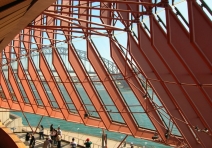
AUSTRALIA - TOUR-SMART'S OVERVIEW
Tour-smart's guide to travelling 'Down Under'. We bring you an overview of Australia to help with your vacation plans.
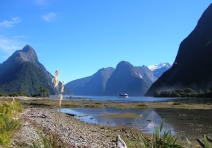
NEW ZEALAND
Tour-smart is please to show you Aotearoa - The Land of the Long White Cloud - God’s Own Country - New Zealand.

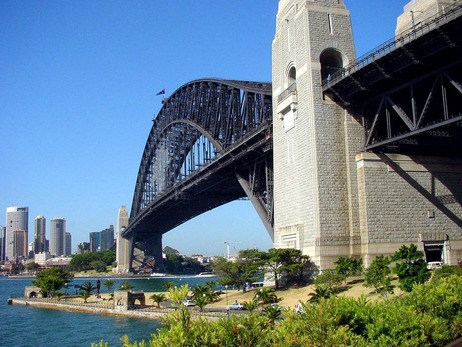

Comments